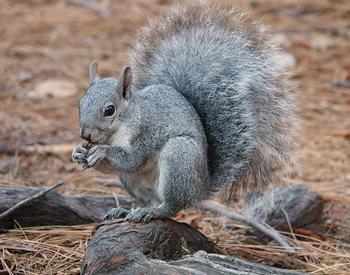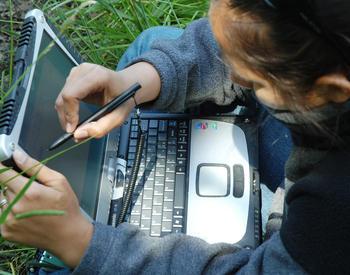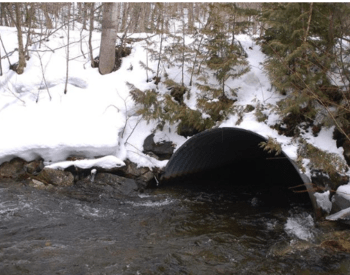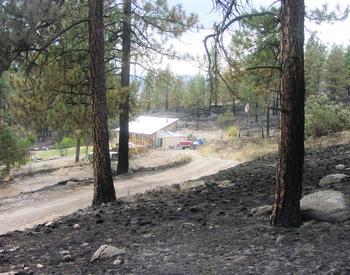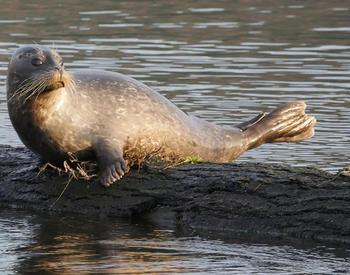Transcript
(relaxed guitar music)
- So here at the High Desert Museum,
one of the most important tools we can use
to create a healthy forest
that's good for pollinators
is prescribed burning.
The forest you see behind us right now
was burned about two years ago
and some of the benefits
of prescribed burning
are to reduce some of the
woody shrubs or bunch grasses
that can really grow up in the understory.
Our forests naturally are less dense here.
There's less trees per acre
and so that's something we're trying
to get back to by using prescribed burns.
- These forests are actually
fire adapted ecosystems.
For example, this
Ponderosa forest behind me,
would've received a fire
at a return interval
about five to 25 years, historically.
So, utilizing tools such as
thinning and prescribed fire,
can help mimic what fire
would've done naturally
in a more historical context.
Thinning is often used in
conjunction with prescribed fire
with thinning treatments
reducing stand density,
as well as reducing fuel loads
and then prescribed fire then
further reduces fuel loads
as well as reduces understory competition
and opens mineral soil
for species that pollinators prefer,
such as flowering shrub species
and flowering herbaceous species
as well as provides
opportunity for ground nesters.
- After many years of using two tools,
both thinning and prescribed burns,
in our Ponderosa pine forests
we have a really nice mixture
and variation of both open areas,
which you can see around us right now,
what we're standing in,
but also some slightly denser stands.
Now, these open areas are getting
more water and more sunlight,
which are encouraging the growth
of more herbaceous species
and some of our flowering shrubs.
So, in the months and years
after a prescribed burn
we see a lot of shrubs
and flowering plants
moving back into the burned area
that are great for pollinators.
We'll also get a lot of
flowering herbaceous plants
growing after a prescribed burn
and those can include yarrow,
sulphur buckwheat and fireweed.
(relaxed guitar music)
This video discusses how the High Desert Museum uses prescribed fire to maintain forest health while still promoting pollinator habitats.




